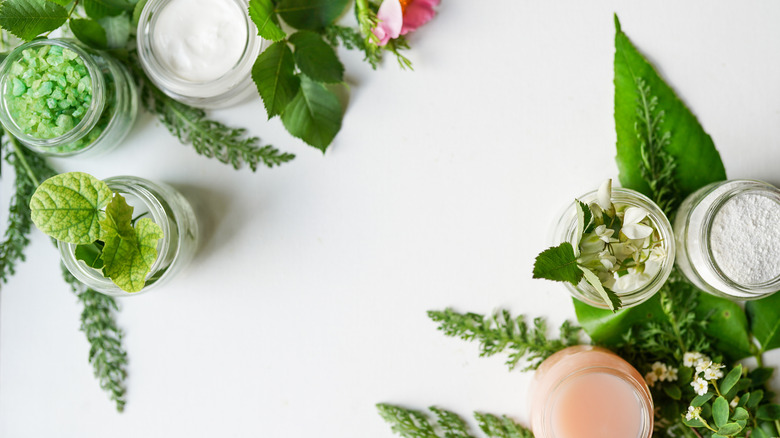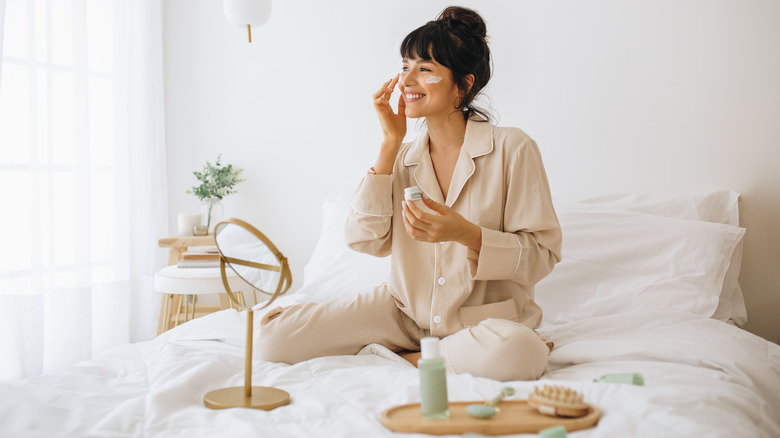Misinformation Surrounding So-Called Clean Beauty May Soon See An End
Throughout the past few years, we've seen major changes in the way we view the ingredients we put on our skin in an effort to be both more environmentally conscious and healthy. Sustainable and refillable packaging, phthalate-free shampoos, and cruelty-free formulas have taken over the shelves, and many people are buying in. According to Statista, 26.6% of women surveyed said that products being natural and organic were one of their top considerations when picking a skincare brand.
These products are viewed as healthier, gentler, and more green than others, but it turns out that some of it might just be a marketing ploy. Products labeled cruelty-free, vegan, or organic have to abide by those standards in order to be certified, but other terms that fall into the same category don't have the same vigorous testing — namely, clean beauty products. Luckily, however, we might be able to look forward to a more transparent future when it comes to the ingredients in our favorite cosmetics.
What is clean beauty?
The general consensus around clean beauty products is that they don't contain any harmful or toxic ingredients, but the truth is that this term is not regulated by any government agency. Any brand can say that their products are clean on the label, regardless of the ingredients that are actually included, so for many companies, it's just become a buzzword to attract more customers and increase their trust. It's similar to the concept of greenwashing — brands will use specific terminology and design choices to attract environmentally-conscious consumers without actually acting to back any of it up (via Investopedia).
In order to determine if a product actually lives up to the "clean" label, it's necessary to know what chemicals you're trying to avoid. Regulation of the beauty industry in the United States is much less strict than in some other countries, so some formulas still contain ingredients that are known to cause harm. Look out for parabens, formaldehyde derivatives, and PHAS, among other harmful ingredients, to check if a brand holds true to its promises.
Possible changes in the future
Instead of fear-mongering about the dangers of chemicals, many brands that are actually committed to creating safe and effective products are taking a more educational approach, plainly laying out their ingredients so customers can decide what works for them. Look to The Ordinary's "Everything Is Chemicals" statement for a prime example. In it, the brand fights back against the clean beauty movement in marketing and instead states that, yes, some of their ingredients have intimidating names, but so does just about everything if you break it down chemically. Instead of claiming their products are clean without evidence, they provide the proof and a plain English breakdown of why each ingredient is effective.
Hopefully, this will be the next major step in ensuring that products on shelves are both safe and effective for everyday use. By providing consumers with important, ea
sily-digestible information, brands are creating a more educated and informed market that values transparency over buzzwords.


